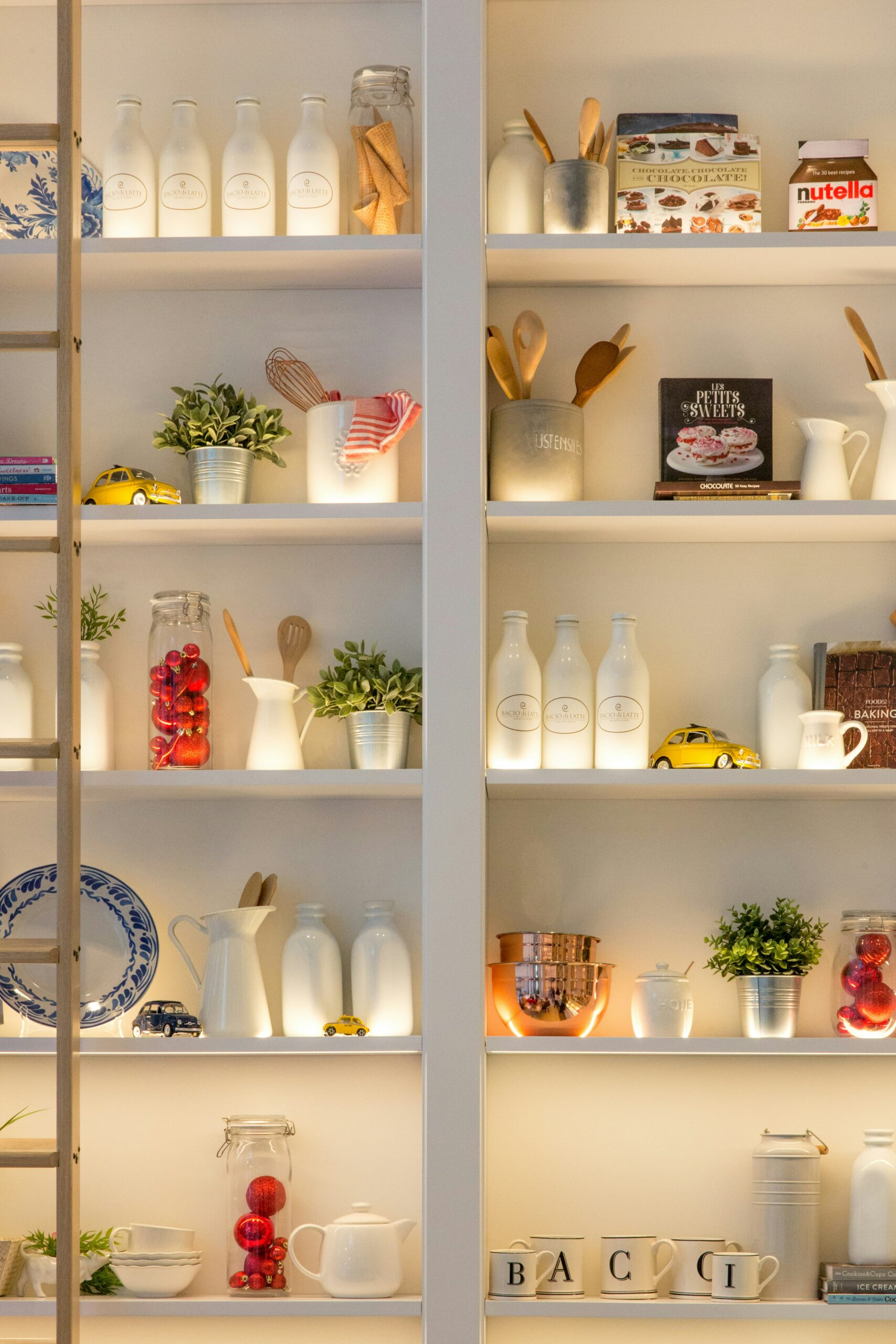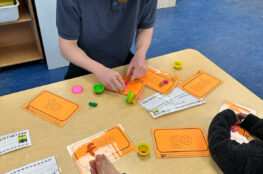Organization
Organization is not one of my strong suits. It takes a large amount of effort to keep my room clean, and if I do not have intentionality with keeping my spaces tidied and organized, they fall into disarray. I have always been this way, which is fine, something I continue to work on, but it is fine. Classroom organization has served as a stark reminder that the issues I grapple with in my home life can negatively impact what my students learn. And when watching the video on Reggio Emilia, it really clicked for me that it is not just how clean and organized my classroom is, but the intention behind it is. A concept that stood out to me from the video, and I am paraphrasing here, is that how things are displayed determines how students will interact with them. For example, take pencils. Having a dedicated area where the pencils are kept is important, and it is a step, but having the pencils pre-sharpened and displayed in a specific way, ready to go, can make all the difference for students, as it shows that the students are “ready for learning.” The tools they need to work are fully prepared.
Teacher Competencies
Creative Thinking is one of the most pushed ideas in every single subject, and for good reason, creativity is the foundation of what makes humans humans and is irreplaceable by AI. I think that the concept of intentionality with your enviroment and materials a is a conductor for sparking creative ideas, it allows creative ideas to flow through the “path of least resistance” and instead of students having to do all the work, creativity bounces back and forth between the student and the environment/materials leading to students being more creative easier. This is obviously good and connects to many of the teacher competencies. The one which stands out to me is “12) develop an understanding of how learners learn in order to cultivate effective learning environments.” If you know how students learn, and what makes them tick, designing your classroom connects to your students, and not just what looks aesthetic, something I think is important.

You Eat with Your Eyes First
The intention of which is that something as simple as a pencil matters. If you can, don’t just plop something in front of a student and expect them to interact with it fun and creatively. Present materials and your classroom in a way so that what is given acts as a conduit of creativity to students, not vice versa. “You eat with your eyes first” is a typical quote used when discussing food; your brain determines if something is good depending on how the dish is displayed. This doesn’t mean that everything in your classroom needs to be a five-star mean and meticulously placed and organized; this would lead to burnout. What I am taking away from this, and hope to apply to my classroom, is that everything needs intention, even if it’s a small detail on how something is presented to the students, if I have planned beforehand, and do something, even small, to make something “pop” just in the way it is presented to the students, I think I can make learning better, which is my job. Overall, I really love this idea, and think it is going to be small differences in my teaching that is going to make big changes in my students learning, but understand that this is definitely going to be a challenge because of my organizational skills, and it will be a challenge that I am excited to face.



